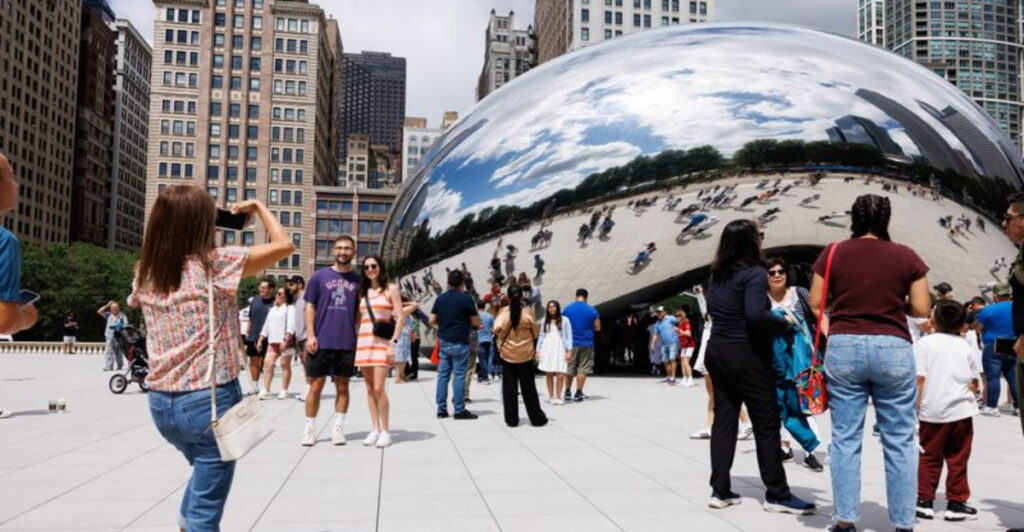2025 has seen a notable shift in travel trends as several U.S. cities that once lured tourists by the millions are now witnessing a downturn. Economic, political, and social factors contribute to this trend, making these destinations less appealing. From economic constraints to safety worries, the reasons are varied and complex. In this article, we explore 19 American cities that are seeing a decline in tourist numbers this year, and the unique reasons behind each city’s fall from grace.
1. Las Vegas, NV

Famed for its glitz and glamour, Las Vegas now faces criticism for exorbitant prices. With $33 bagels and $26 bottled water, visitors are left feeling the financial pinch. This has contributed to a 6.5% drop in visitor numbers in 2025. Once a playground of affordability, the city’s rising costs are deterring budget-conscious travelers. The Strip’s dazzling lights can’t blind tourists to the reality of their spending. Las Vegas is at a crossroads, needing to balance luxury with value.
2. New York City, NY
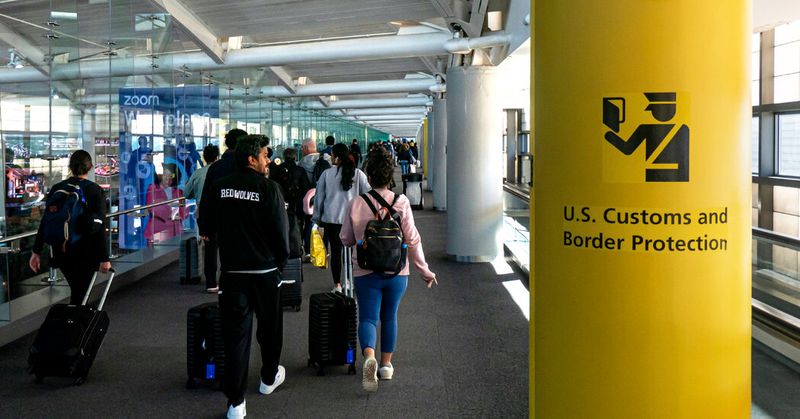
New York City, a bustling metropolis and cultural hub, is experiencing a dip in tourism due to visa hurdles and safety concerns. Visitors are deterred by the complex entry processes and reports of urban crime. Once welcoming, the city now feels inaccessible to many potential tourists. As international tensions rise, so do the barriers to experiencing the Big Apple. This iconic destination must address these challenges to reclaim its status as a must-visit location.
3. Orlando, FL
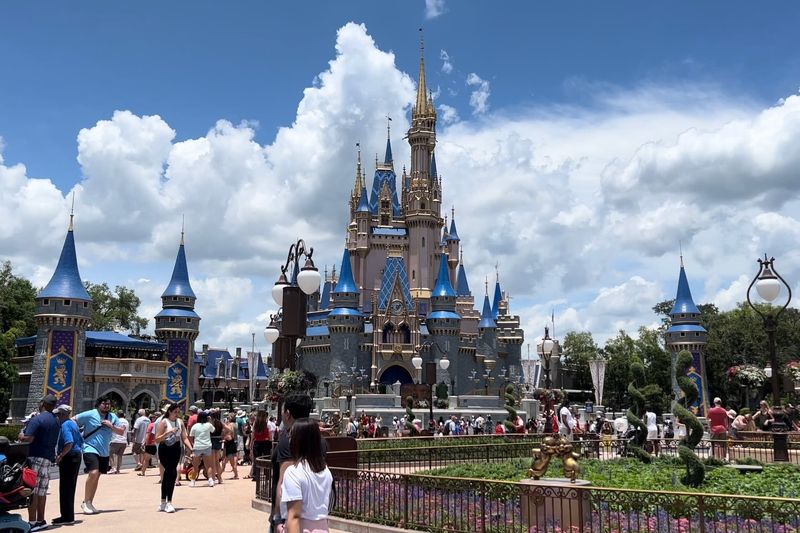
Orlando, the theme park capital, faces a decline as strict visa rules and tariffs turn away international families. The city’s allure, primarily fueled by Disney and Universal, is overshadowed by administrative red tape. Long lines once filled with eager visitors now tell a different story. The once bustling parks are quieter, as families opt for more accessible destinations. Orlando stands at a crossroads, needing to re-evaluate its international appeal to regain its former glory.
4. Miami, FL

Once a bustling tropical paradise, Miami experiences a decline in global interest. As visitors turn to other tropical locales, Miami’s beaches are less crowded. Economic factors play a role, but so does a shift in travel preferences. The city, once synonymous with glamour and nightlife, now faces the challenge of reinventing itself to stay relevant. Miami’s sun-kissed shores still have their charm, but they compete with newer, trendier destinations.
5. New Orleans, LA
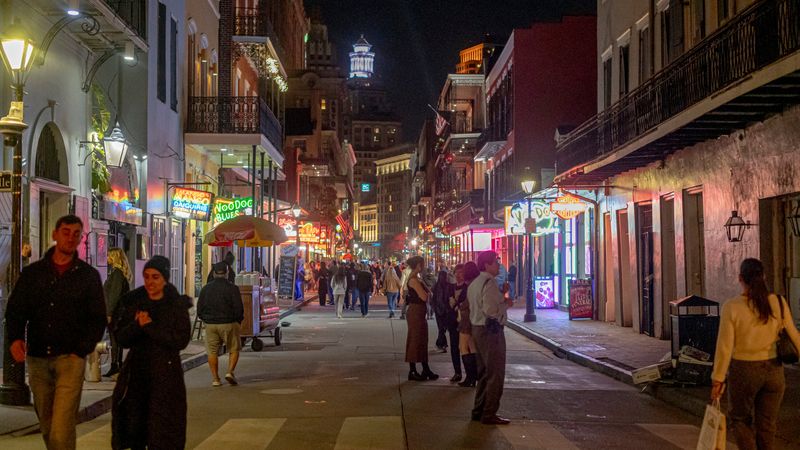
Following a tragic incident at Bourbon Street, New Orleans’ tourism has suffered. This vibrant city, known for its music and cuisine, now grapples with safety concerns. Once a magnet for revelers, the French Quarter feels quieter. The city’s spirit remains, but its reputation needs rebuilding. While the allure of jazz and gumbo still calls, safety perceptions must shift for New Orleans to regain its former tourist numbers. The city must find a way to balance its rich culture with safety assurances.
6. Chicago, IL
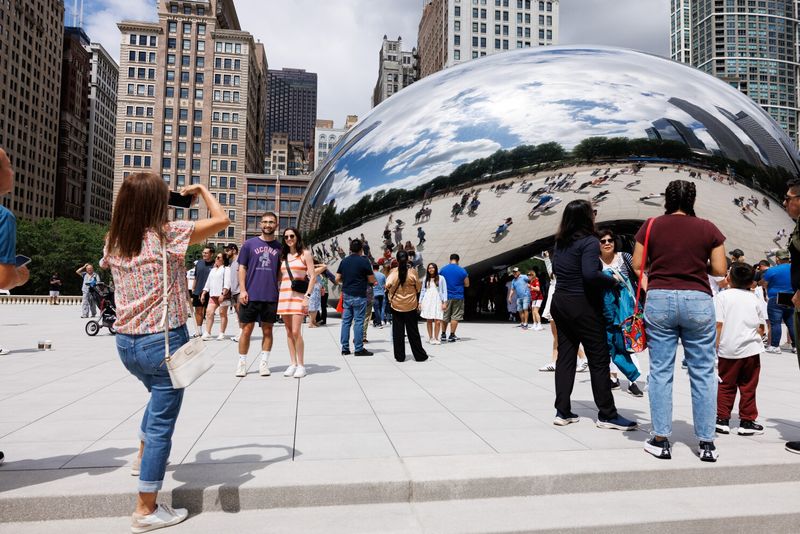
Chicago, a city known for its architecture and deep-dish pizza, faces a downturn as nationwide travel declines impact major cities. Cultural attractions like the Art Institute remain, but fewer are visiting. Economic downturns and travel hesitancy overshadow the city’s urban charm. Chicago’s lakeside allure needs reinvigoration to draw crowds back. The Windy City must leverage its unique offerings to counteract broader trends affecting tourism.
7. San Francisco, CA
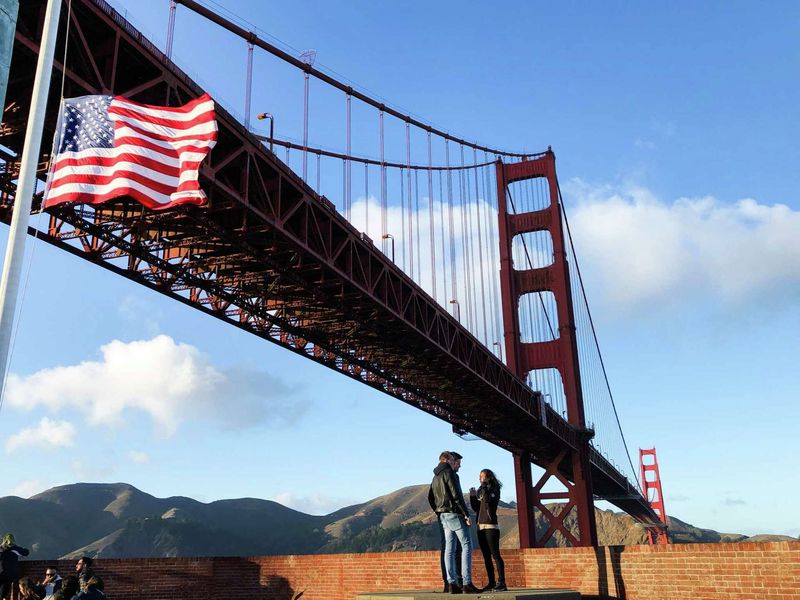
San Francisco, with its iconic Golden Gate Bridge and steep streets, is part of a broader tourism decline. High costs and political challenges make it less appealing. The city’s unique charm is overshadowed by financial and social issues. Visitors are opting for more affordable destinations. San Francisco must navigate these challenges to showcase its cultural richness. Balancing cost with attraction will be key to rekindling interest in this iconic city.
8. Los Angeles, CA
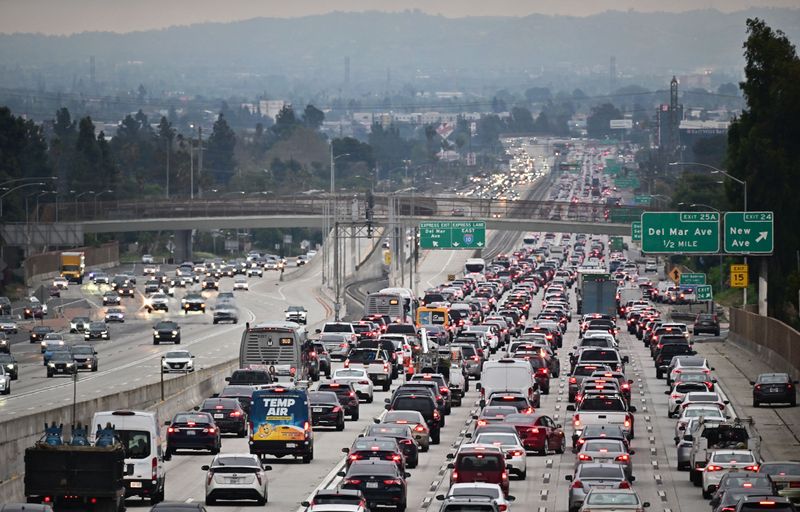
Notorious for its gridlock, Los Angeles has long frustrated drivers and tourists alike. Add to this the high hotel rates and overcrowded national parks, and it’s easy to see why tourists are seeking alternatives. Growing interest in nearby San Diego and Santa Barbara is evident as visitors look for more relaxed atmospheres. The city’s allure is dampened by its congestion, pushing travelers to explore other, less hectic Californian cities. Historically a Hollywood dreamland, its oversaturation is now its undoing.
9. Washington, D.C.
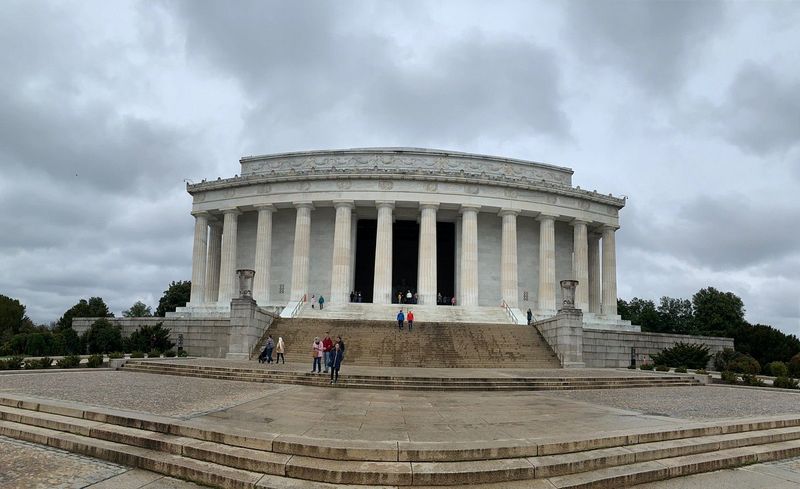
Washington, D.C., a city rich in history and political significance, finds itself losing tourists due to visa restrictions and image concerns. The draw of monuments and museums feels overshadowed by administrative barriers. Once a symbol of accessibility, the city must address these hurdles to attract more visitors. The capital’s story is far from over, but it requires renewed efforts to capture the imagination of travelers worldwide.
10. Boston, MA
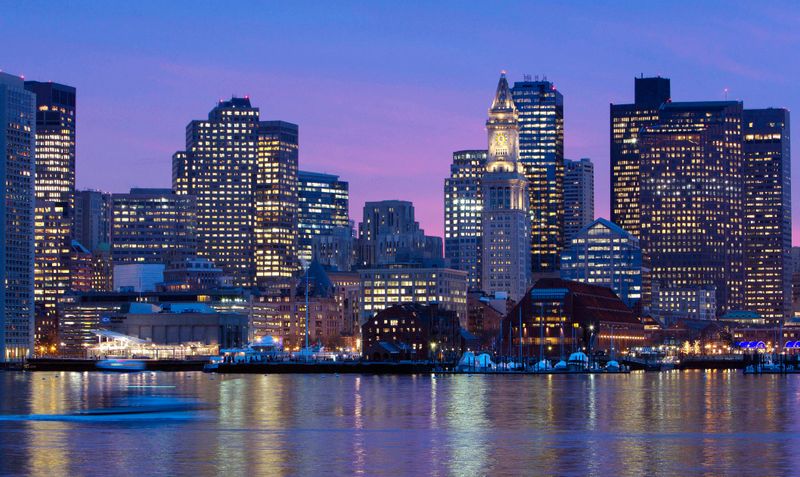
Boston, steeped in history and academic prestige, faces a drop in European visitors due to political uncertainties and international boycotts. Famous for its revolutionary past, the city must now revolutionize its approach to tourism. The cobblestone streets and historic sites await visitors, but global tensions need resolution. Boston’s charm endures, but it must forge new connections to maintain its status as a cultural beacon.
11. Seattle, WA
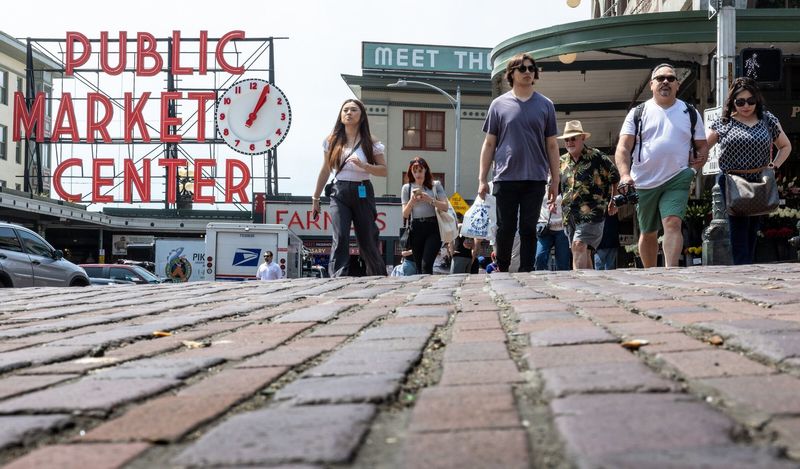
Seattle, a gateway city known for its coffee and tech scene, experiences a decline as visa delays and higher costs deter visitors. The allure of the Space Needle and Pike Place Market is overshadowed by economic considerations. As travelers seek friendlier alternatives, Seattle must innovate to attract international crowds. The city’s unique vibe remains, but it requires a fresh approach to maintain its place on the global travel map.
12. Houston, TX
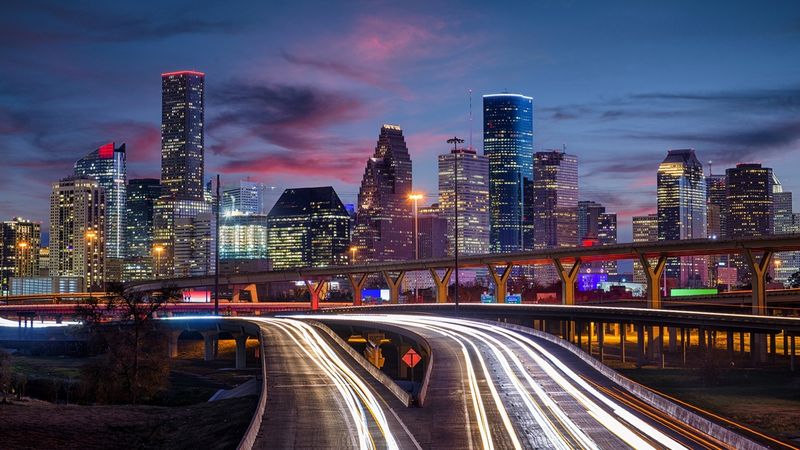
Houston, with its blend of culture and innovation, faces a downturn as tariffs impact Mexican and Canadian visitors. The city’s diverse offerings, from NASA to culinary delights, need rebranding to attract cross-border tourists. Houston’s story is one of resilience, but it must adapt to changing dynamics. The city’s vibrancy remains, waiting for new narratives to unfold. Addressing these challenges is key to reviving its tourism appeal.
13. Phoenix, AZ
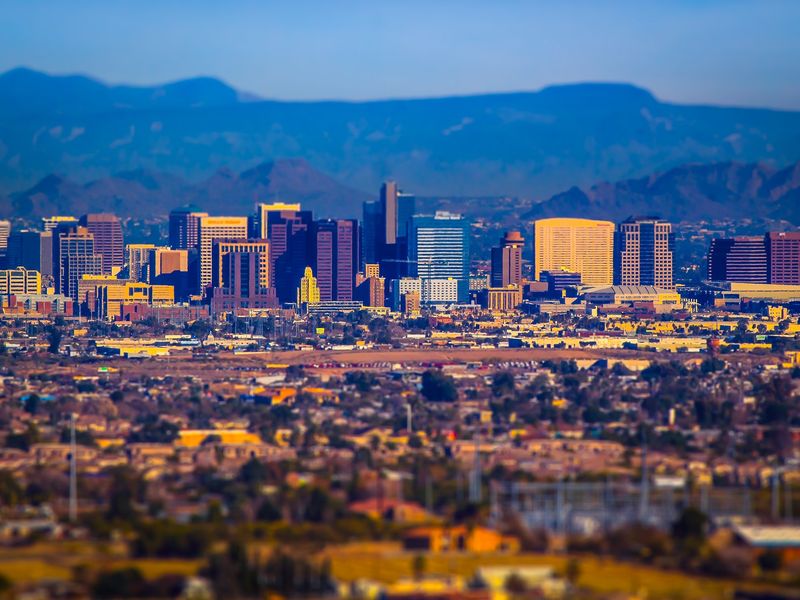
Phoenix, part of the Southwest’s visitor slowdown, finds itself in need of rejuvenation. Known for its desert beauty and year-round sunshine, the city faces reduced interest. Economic shifts and changing travel preferences contribute to this trend. Phoenix’s natural allure endures, but it must highlight its unique experiences to rebound. The city’s tale of sun and sand awaits new chapters, driven by fresh strategies to attract visitors.
14. Atlanta, GA
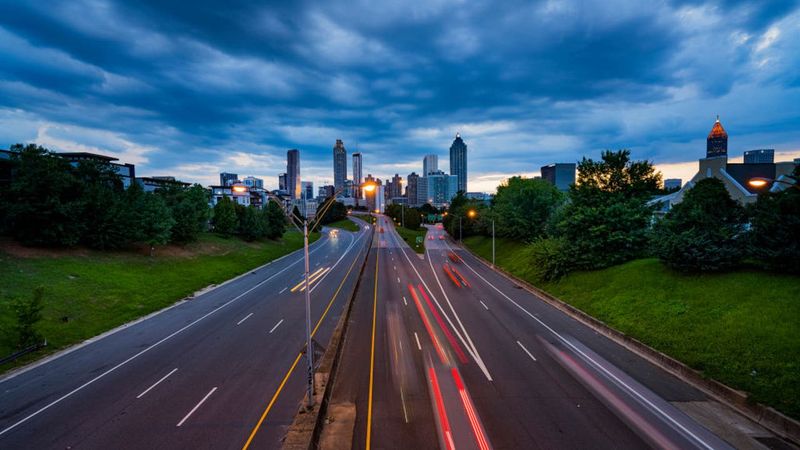
Atlanta, a city of Southern charm and modern attractions, is impacted by stricter entry rules and negative messaging. The city’s draw, from its Southern hospitality to vibrant arts scene, needs reinforcement. As international narratives shift, so must Atlanta’s approach to tourism. The city’s story is rich with possibilities, waiting for renewed engagement. Overcoming these hurdles is crucial to reignite interest in this dynamic destination.
15. Las Vegas Strip, NV
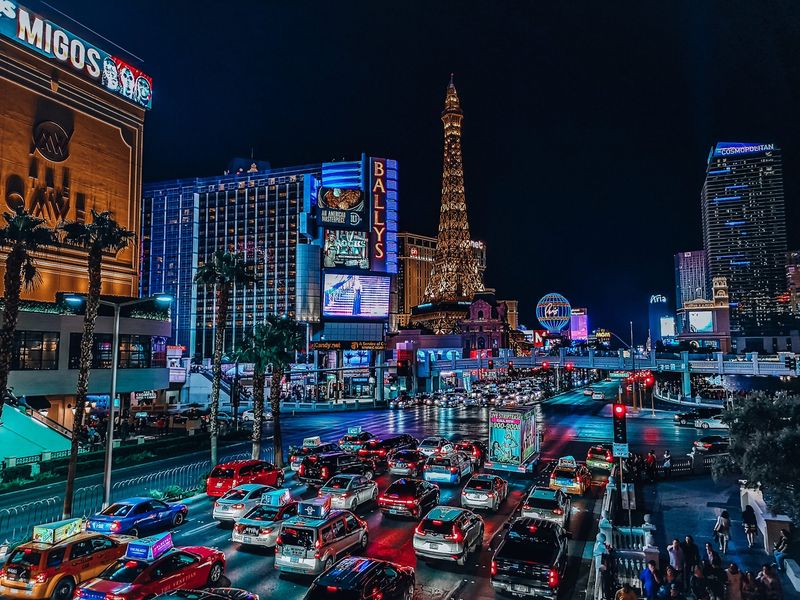
The Las Vegas Strip, known for its vibrant nightlife and entertainment, sees a decline as visitor numbers drop. Beyond the glitz, financial realities hit home. High costs and changing traveler priorities contribute to this trend. The Strip’s allure remains, but it requires innovation to stay relevant. Las Vegas is at a pivotal moment, poised to reinvent itself and draw crowds back to its world-famous boulevard.
16. Orlando Resort Corridor, FL
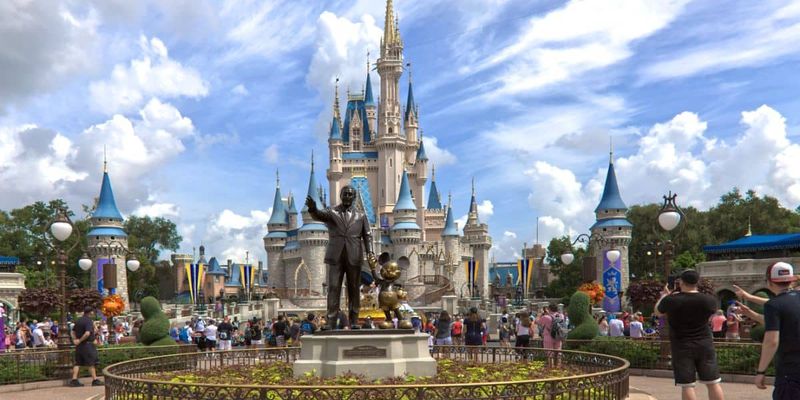
Orlando’s resort corridor, home to Disney, Universal, and SeaWorld, faces a downturn in international tourists. The magic feels muted as visitors face visa challenges and alternative destinations. These iconic parks must recalibrate to maintain their global appeal. The fantasy remains, but it needs new enchantments to attract families worldwide. Orlando’s theme parks are at a crossroads, searching for ways to keep the wonder alive.
17. Los Angeles Beaches, CA
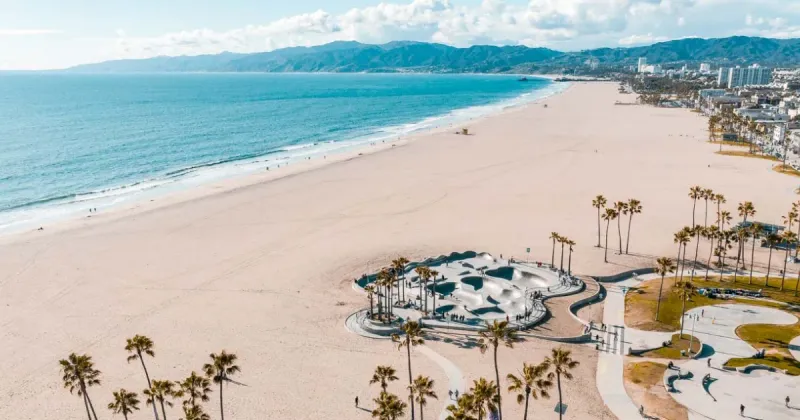
Los Angeles beaches, once bustling with crowds, now feel the effects of overtourism turning to under-tourism. The once-crowded shores of Hollywood and Venice are quieter. This shift reflects a broader trend, driven by overcrowding and changing visitor preferences. The beaches’ natural beauty remains, but they must find balance to attract tourists again. Los Angeles’ coastal charm awaits a resurgence, shaped by thoughtful tourism strategies.
18. New Orleans French Quarter, LA
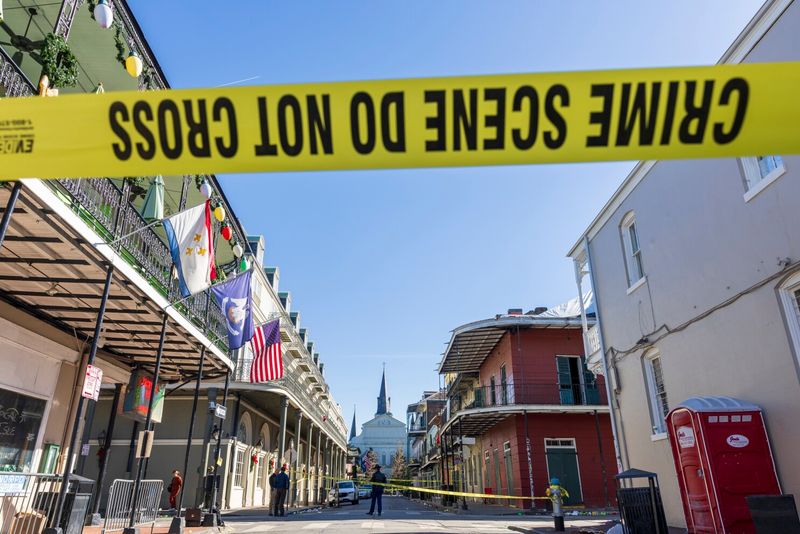
The French Quarter, a cultural heart of New Orleans, grapples with a decline due to safety perceptions and recent incidents. Once alive with music and festivity, the area now requires reassurance to regain visitor confidence. The charm of its historic architecture remains, but safety narratives must change. New Orleans’ spirit endures, ready to bounce back with renewed vitality. The French Quarter’s story is far from over, with new chapters waiting to unfold.
19. Las Vegas beyond the Strip, NV
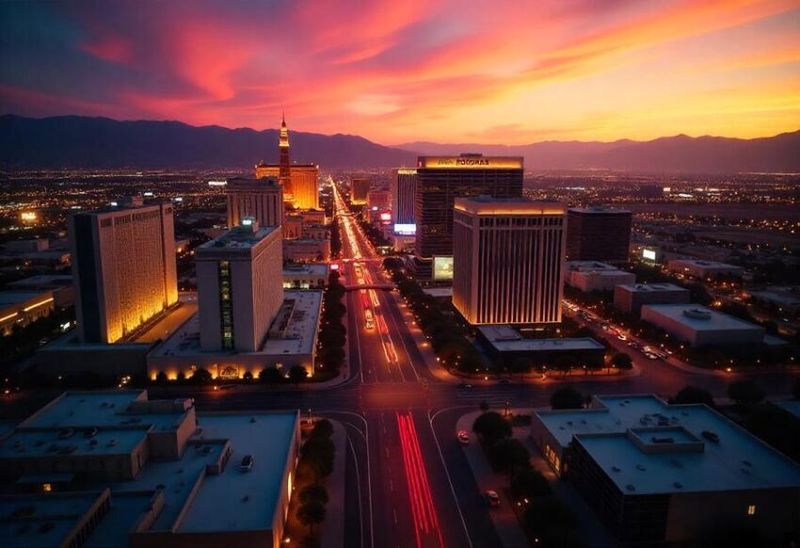
Beyond the glitzy Strip, Las Vegas faces challenges with surcharges affecting its wider appeal. Fees for parking and resorts deter travelers seeking value. The city’s broader area must adapt to maintain its allure. Las Vegas’s charm extends beyond the Strip, but it needs creative solutions to draw visitors again. Addressing these economic factors is key to revitalizing tourism across the city. Las Vegas’s story continues, with new opportunities on the horizon.

